Global Cell Line and Membrane Market - Comprehensive Data-Driven Market Analysis & Strategic Outlook
The global cell line and membrane market has developed from an obscure scientific undertaking to being one of the most significant domains of contemporary biotechnology. It started as a science in the early twentieth century when scientists started experimenting with cultured human and animal cells to study disease behavior outside the organism. The break-through came with the development of the HeLa cell line in 1951, which went on to serve as the basis for decades of industrial and research use. What had originally been a small academic enterprise slowly developed into a cornerstone for drug testing, vaccine production, and biomanufacturing.
- Global cell line and membrane market worth about USD 6352.7 million in the year 2025, growing at a CAGR of about 8.9% through 2032, is expected to reach more than USD 11543 million.
- Recombinant Cell Lines are dominating with about 49.8% market share, buoyed by innovations and increased applications through rigorous research.
- Major trends influencing growth: Increased demand for biopharmaceuticals and vaccines, Increased use of cell-based assays in drug discovery.
- Opportunities include: Increased investment in personal medicine and regenerative therapies.
- Central insight: The market is likely to expand exponentially in value over the next decade, highlighting sweeping growth opportunities.
- In the late twentieth century, breakthroughs in molecular biology and genetic engineering expanded the horizons for what could be achieved with cell lines.
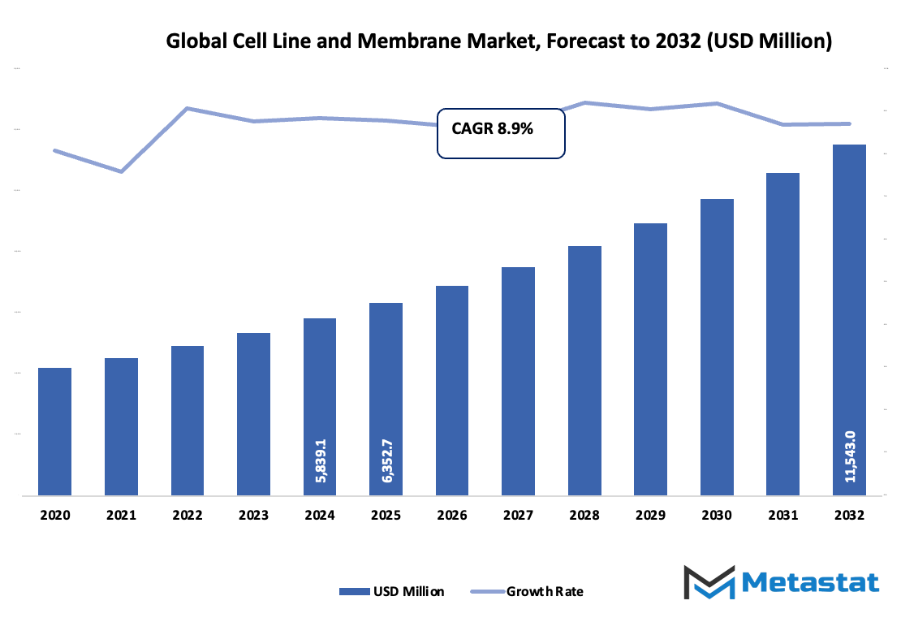
Researchers no longer viewed them as simple research models but rather as living bioreactors capable of delivering therapeutic antibodies and proteins. The simultaneous technology breakthrough in membrane technologies employed for purification, filtration, and maintaining cellular environments intact facilitated the simplification of large-scale production procedures. With the breakthroughs up to the early 2000s, these aided the further improving of consistency, safety, and efficiency in biologics production, a spectacular commercial success for the international cell line and membrane industry. When the regulatory bodies in North America, Europe, and Asia started imposing more regulations on biologic products, manufacturers were compelled to employ cleaner and more traceable practices. This led to co-operation among research institutions and private companies that engineered advanced membrane designs mimicking the biological barriers with remarkable accuracy.
But over time, there were also ethical concerns involving the use of human and animal cells that directed research towards the development of immortalized and artificial cell lines that would curb reliance on primary materials. The global cell line and membrane market will continue to grow in the future in parallel with personalized medicine, regenerative therapy, and diagnostic technology. Customers will insist on transparency, replicability, and eco-friendly production procedures, forcing firms to adopt automation and digital surveillance in their processes. From its initial experimental stage to becoming a hub of therapeutic and industrial breakthroughs today, this sector is testimony to the vigor of scientific determination and technological progress in changing the scope of biological advances.
Market Segments
The global cell line and membrane market is mainly classified based on Product Type, Application.
By Product Type is further segmented into:
- Recombinant Cell Lines: Recombinant Cell Lines are being more and more considered for use in the manufacture of therapeutic antibodies and proteins. These cell lines support gene expression under controlled conditions, delivering reproducible, high-grade products in laboratory applications and industrial manufacturing. Their efficiency and versatility render them highly prevalent in scientific research and commercial-scale manufacture of biological medicines.
- Primary Cell Lines: Primary Cell Lines are also prized for showing more biological responses to living tissues. These cells are taken directly from animal or human tissue, and they represent a true model for the investigation of disease behavior and drug activity. Though they have short lifespan, their reliability in research makes them essential for most experimental experiments.
- Hybridoma Cell Lines: Hybridoma Cell Lines find primary application in monoclonal antibody manufacture. They are developed from the fusion of chosen immune cells and myeloma cells with resulting ongoing growth and antibody synthesis. The technology is capable of providing consistency and reproducibility, hence being crucial in diagnostic testing and manufacture of therapeutic antibodies.
By Application the market is divided into:
- Biopharmaceutical Production: Biopharmaceutical production is one of the leading areas of application, employing cell lines and membranes to produce drugs of biological origin. The systems are utilized in the production of safe and effective drugs employed in the therapy of diseases. Their consistency of quality and scalability enable them to be bulk producers of therapeutic agents.
- Vaccine development: Vaccine Production increasingly depends on modern cell lines for the production of safe and effective vaccines. Cell-based platforms provide more control and fewer chances of contamination than the old technologies. Increased global demand for vaccines for infectious diseases continues to fuel application in vaccine production processes.
- Regenerative Medicine: Regenerative Medicine uses cell lines and membranes to investigate tissue repair and regeneration processes. These systems are a good platform for the generation of new therapies using injured organs and chronic diseases. Greater emphasis on cell-based therapy and personalized medicine stimulates ongoing research and development in this area.
- Others: Some other uses involve educational research, diagnostic testing, and toxicology studies. global cell line and membrane market for these applications is utilized to further scientific knowledge and assist in the development of new test models. Ongoing innovations in cell culture techniques result in expanding applications in numerous research and industrial areas.
|
Forecast Period |
2025-2032 |
|
Market Size in 2025 |
$6352.7 Million |
|
Market Size by 2032 |
$11543 Million |
|
Growth Rate from 2025 to 2032 |
8.9% |
|
Base Year |
2024 |
|
Regions Covered |
North America, Europe, Asia-Pacific, South America, Middle East & Africa |
By Region:
- Based on geography, the global cell line and membrane market is divided into North America, Europe, Asia-Pacific, South America, and the Middle East & Africa.
- North America is further divided into the U.S., Canada, and Mexico, whereas Europe consists of the UK, Germany, France, Italy, and the Rest of Europe.
- Asia-Pacific is segmented into India, China, Japan, South Korea, and the Rest of Asia-Pacific.
- The South America region includes Brazil, Argentina, and the Rest of South America, while the Middle East & Africa is categorized into GCC Countries, Egypt, South Africa, and the Rest of the Middle East & Africa.
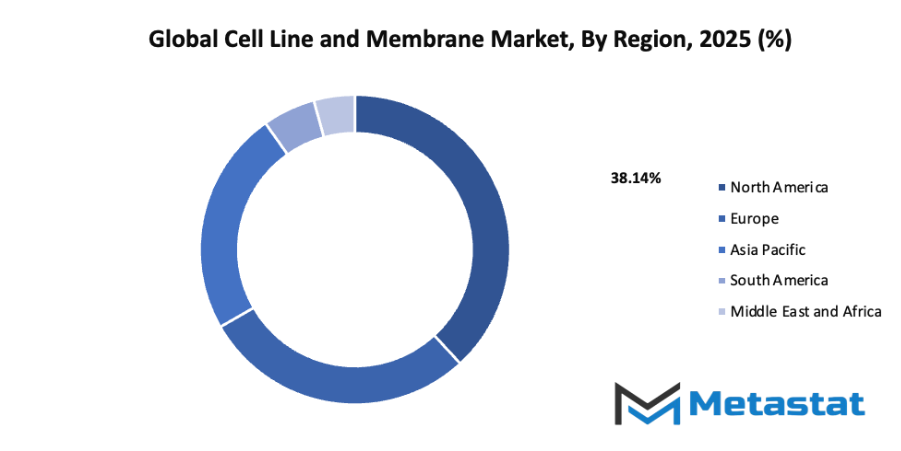
Growth Drivers
- Increasing demand for biopharmaceuticals and vaccines: The global cell line and membrane market is growing due to the rising demand for biopharmaceuticals and vaccines. The development of advanced treatments and preventive medicines has encouraged the use of cell lines for large-scale production. Continuous research in biotechnology has supported efficient vaccine formulation, boosting overall market expansion.
- Growing adoption of cell-based assays in drug discovery: The global cell line and membrane market will continue to grow as more laboratories and pharmaceutical companies use cell-based assays in drug discovery. These assays help in understanding drug effects, toxicity, and safety before clinical trials. The adoption of such technologies ensures better results, reducing risks and development time.
Challenges and Opportunities
- High cost of cell line development and maintenance: The global cell line and membrane market faces a challenge due to the high cost associated with developing and maintaining cell lines. The expenses include specialized equipment, skilled professionals, and consistent monitoring. These costs make it difficult for smaller research facilities to compete, limiting broader access to these technologies.
- Ethical and regulatory concerns in using human or animal cell lines: The global cell line and membrane market encounters ethical and regulatory challenges regarding the use of human or animal cell lines. Strict laws and approval processes slow down research and production. Ethical considerations about sourcing and handling biological materials also add to the complexity of market operations.
Opportunities
- Rising investments in personalized medicine and regenerative therapies: The global cell line and membrane market will benefit from the growing focus on personalized medicine and regenerative therapies. Increased investments from public and private sectors are promoting innovation in this field. The use of advanced cell lines is helping in developing targeted treatments, opening new pathways for medical advancements.
Competitive Landscape & Strategic Insights
The global cell line and membrane market is shaped by a dynamic combination of international industry leaders and rapidly growing regional players. This industry holds a central role in biotechnology and pharmaceutical advancements, supporting the production of therapeutic proteins, vaccines, and research models that drive medical progress. As technology continues to advance, the focus on improving efficiency, accuracy, and scalability within cell line and membrane development will continue to grow. This balance between innovation and accessibility is expected to determine how the market evolves in the coming years.
Major companies such as Advanced Instruments LLC, AGC Biologics, ATCC, CATALENT INC., CELL BIOLABS INC., Cellgenix GmbH, CREATIVE BIOLABS, CROWN BIOSCIENCE, Cytiva Lifesciences, FUJIFILM CELLULAR DYNAMICS INC., IXCELLS BIOTECHNOLOGIES, KBI BIOPHARMA, Lonza, Sartorius, MILTENYI BIOTEC, Premas Biotech, ProBioGen AG, PROMEGA CORP., PromoCell GmbH, Samsung Biologics, Selexis SA, and ThermoFisher Scientific Inc. continue to define the direction of growth through consistent research and innovation. Each organization brings unique expertise, from developing stable cell lines and producing biopharmaceuticals to advancing membrane technology for enhanced filtration and purification. Their collective efforts not only strengthen production capabilities but also encourage the adoption of high-quality standards across the global market.
The future of this industry will likely be marked by stronger collaborations between established corporations and regional startups. Such partnerships can foster technological exchange, accelerate product development, and make advanced biological solutions more widely accessible. Continuous improvements in automation, data-driven bioprocessing, and genetic engineering will further enhance productivity while reducing production costs. These developments will ensure that high-performance cell lines and membranes remain at the core of future scientific and therapeutic breakthroughs.
Looking ahead, the global cell line and membrane market will continue to expand as more industries recognize its importance in modern healthcare, diagnostics, and bio-manufacturing. Through innovation, collaboration, and responsible practices, this sector will remain a foundation for future biomedical progress and a key contributor to global health and scientific advancement.
Market size is forecast to rise from USD 6352.7 million in 2025 to over USD 11543 million by 2032. Cell Line and Membrane will maintain dominance but face growing competition from emerging formats.
Sustainability and regulatory compliance will also shape the market’s direction. As demand for biopharmaceutical products increases, companies are expected to focus on reducing waste and optimizing manufacturing processes to meet environmental standards. At the same time, global regulations will continue to push for safer and more ethical research practices, reinforcing public trust and encouraging long-term growth.
Report Coverage
This research report categorizes the global cell line and membrane market based on various segments and regions, forecasts revenue growth, and analyzes trends in each submarket. The report analyses the key growth drivers, opportunities, and challenges influencing the global cell line and membrane market. Recent market developments and competitive strategies such as expansion, type launch, development, partnership, merger, and acquisition have been included to draw the competitive landscape in the market. The report strategically identifies and profiles the key market players and analyses their core competencies in each sub-segment of the global cell line and membrane market.
Cell Line and Membrane Market Key Segments:
By Product Type
- Recombinant Cell Lines
- Primary Cell Lines
- Hybridoma Cell Lines
By Application
- Biopharmaceutical Production
- Vaccine Development
- Regenerative Medicine
- Others
Key Global Cell Line and Membrane Industry Players
- Advanced Instruments LLC
- AGC Biologics
- ATCC
- CATALENT INC.
- CELL BIOLABS INC.
- Cellgenix Gmbh
- CREATIVE BIOLABS
- CROWN BIOSCIENCE
- Cytiva Lifesciences
- FUJIFILM CELLULAR DYNAMICS INC.
- IXCELLS BIOTECHNOLOGIES
- KBI BIOPHARMA
- Lonza
- Sartorius
- MILTENYI BIOTEC
- Premas Biotech
- ProBioGen AG
- PROMEGA CORP.
- PromoCell GMBh
- Samsung Biologics
- Selexis SA
- Thermofisher Scientific Inc.
WHAT REPORT PROVIDES
- Full in-depth analysis of the parent Industry
- Important changes in market and its dynamics
- Segmentation details of the market
- Former, on-going, and projected market analysis in terms of volume and value
- Assessment of niche industry developments
- Market share analysis
- Key strategies of major players
- Emerging segments and regional growth potential




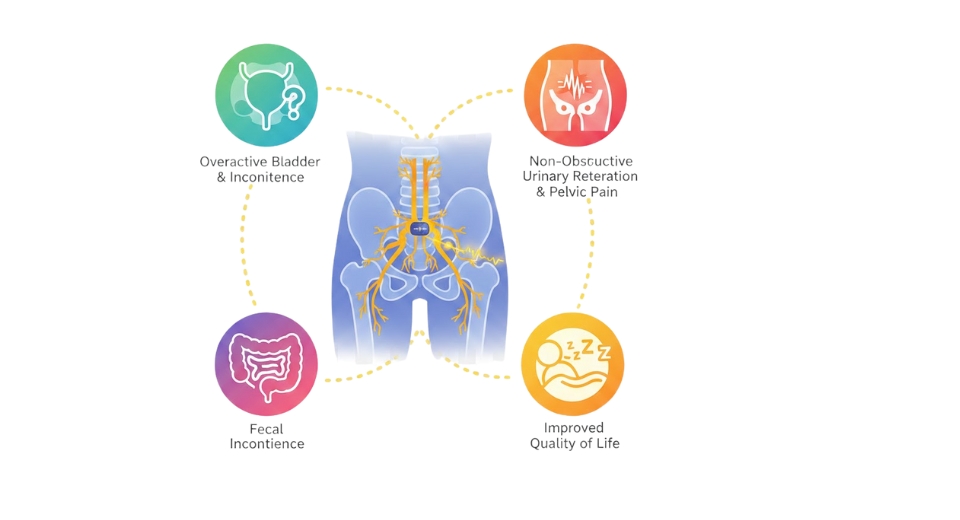
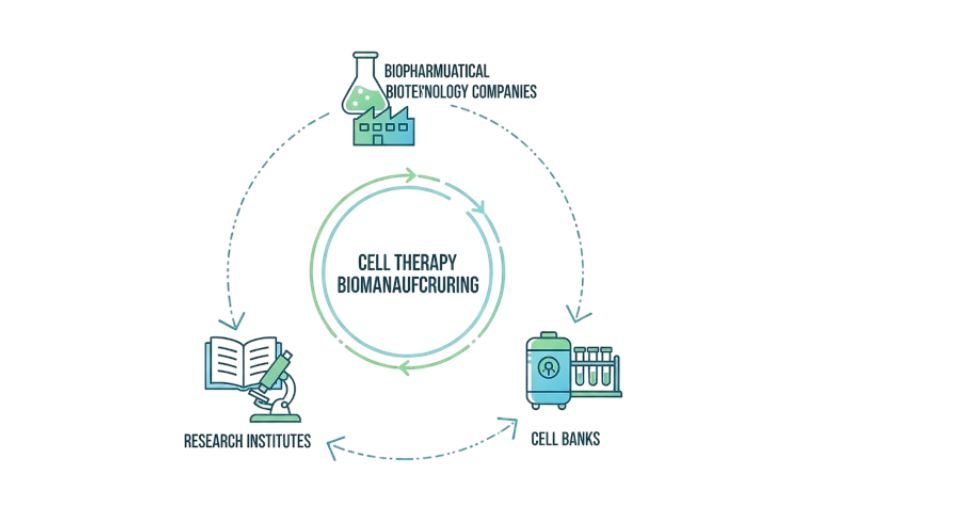
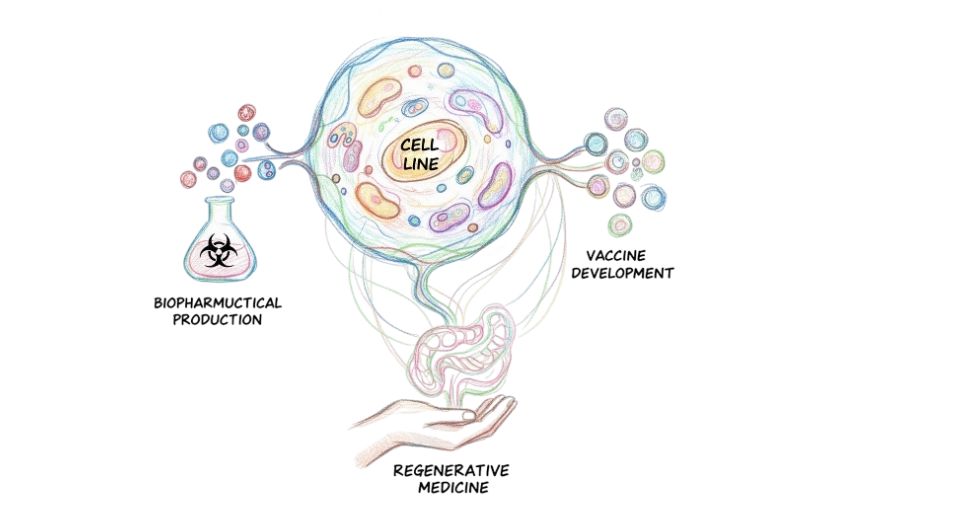

 US: +1 3023308252
US: +1 3023308252






